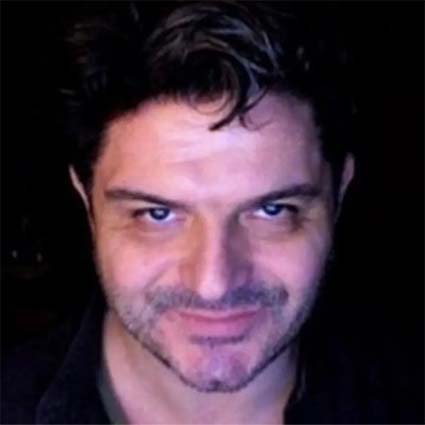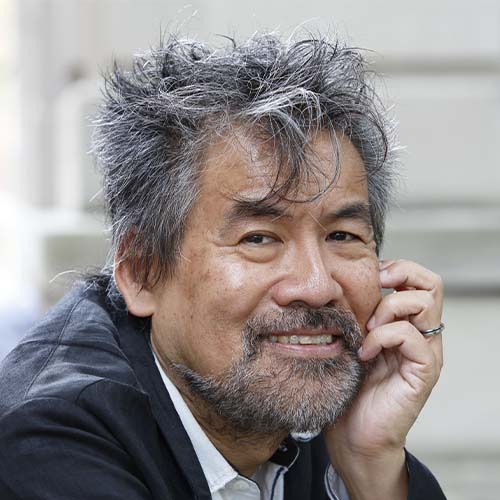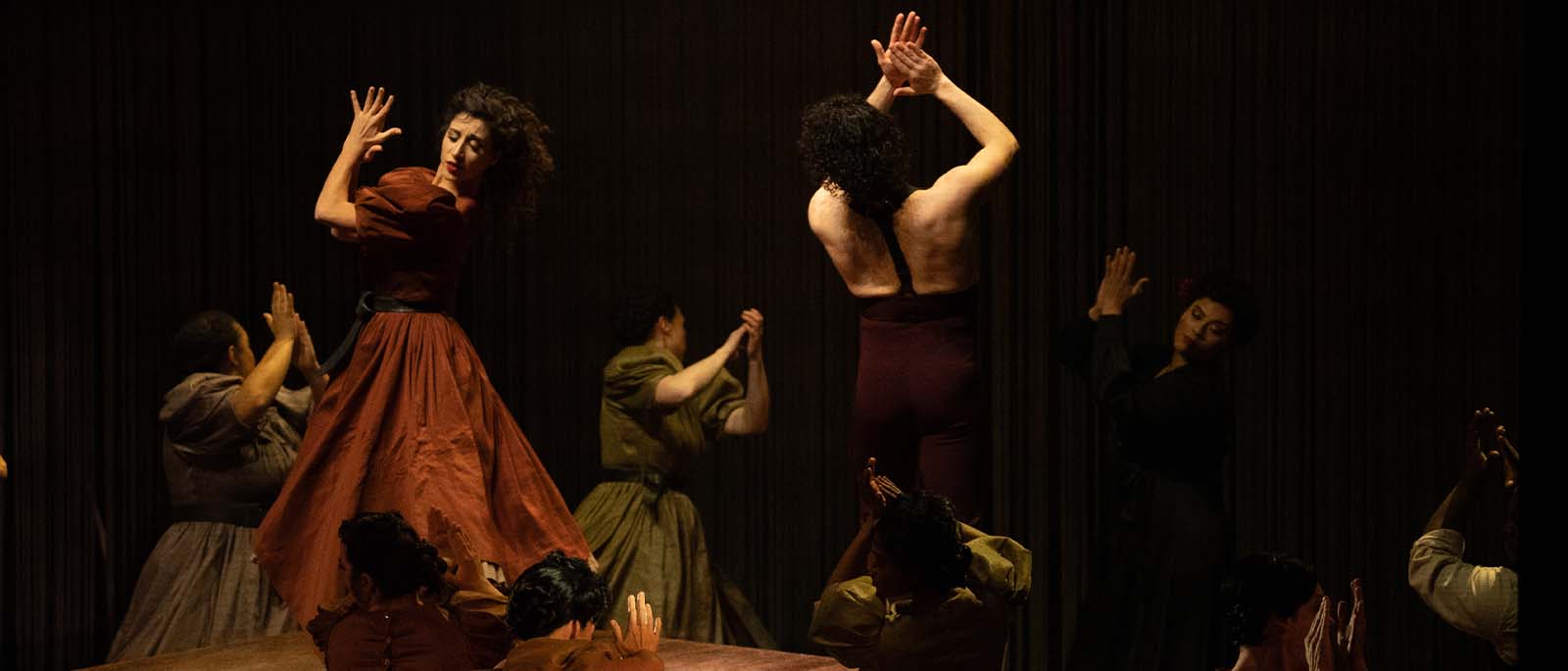
Osvaldo Golijov / LIBRETTO BY David Henry Hwang
Ainadamar
Upcoming Performances
Overview
Argentinian composer Osvaldo Golijov’s Grammy Award–winning first opera dramatizes the life and work of poet-playwright Federico García Lorca, who was assassinated by Fascist forces at the start of the Spanish Civil War for his socialist politics and homosexuality. His story emerges through the memories of Catalan actress Margarita Xirgu, Lorca’s muse—sopranos Angel Blue and Gabriella Reyes—who reminisces to her student Nuria, portrayed by soprano Elena Villalón. Lorca himself makes a dreamlike appearance, sung as a trouser role by mezzo-soprano Daniela Mack, and flamenco singer Alfredo Tejada completes the principal cast as the Falangist politician Ramón Ruiz Alonso, who arranged Lorca’s execution. Combining features of both an opera and a passion, Ainadamar, conducted by Miguel Harth-Bedoya in his Met debut, crackles with the energy and rhythms of flamenco and rumba, as well as the violent backdrop of civil war, all of which springs forth on the Met stage in a vivid company-debut production by Brazilian director and choreographer Deborah Colker, renowned for her work with Cirque du Soleil.
Music by Osvaldo Golijov
Libretto by David Henry Hwang
Production a gift of the Walter and Leonore Annenberg Endowment Fund, the Edgar Foster Daniels Foundation, in memory of Richard Gaddes, and The Halff Windham Foundation
Ainadamar is part of the Neubauer Family Foundation New Works Initiative
A co-production of the Metropolitan Opera, Opera Ventures, Scottish Opera, Detroit Opera, and Welsh National Opera
Languages
Languages sung in Ainadamar
Sung In
Spanish
Titles
Title languages displayed for Ainadamar
Met Titles In
- English
- Spanish
Timeline
Timeline for the show, Ainadamar
Estimated Run Time
1 hrs 35 mins
-
House Opens
-
Ainadamar
95 mins
-
Opera Ends
Cast
Select a date from the dropdown to filter cast by date of performance
Creators

Production
Deborah Colker

Set and Costume Designer
Jon Bausor

Lighting Designer
Paul Keogan

Projection Designer
Tal Rosner

Sound Designer
Mark Grey

Choreographer
Deborah Colker

Flamenco Choreographer
Antonio Najarro

Composer
Osvaldo Golijov

Librettist
David Henry Hwang
